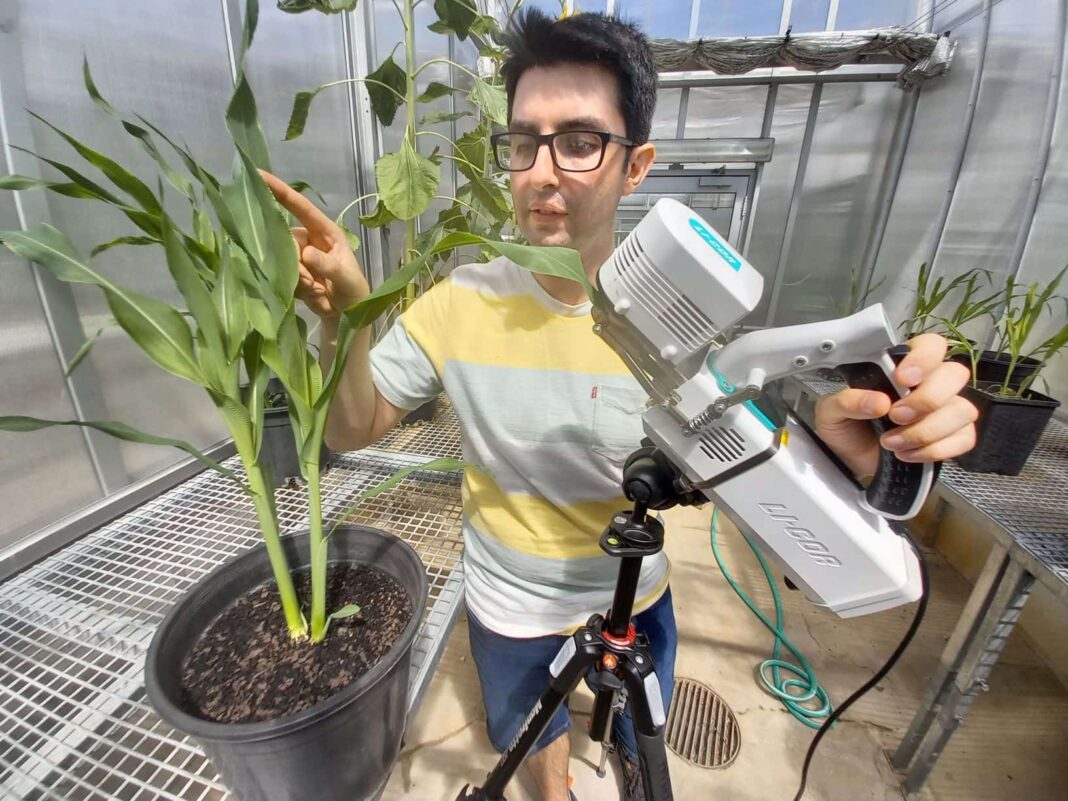The Holy Grail of crops that can survive long heat waves and drought may be a step closer with scientists finding a way to precisely measure a plant’s water loss through its skin.
There are only two ways that crops and other plants lose water: through their skin, otherwise known as the cuticle, and the stomata.
Until now, scientists have calculated a plant’s dehydration levels based primarily on the stomata, which are pores on leaves that release water vapour and take in carbon dioxide – otherwise known as a gas exchange.
The research from The Australian National University (ANU) will boost scientific efforts to improve the performance of major crops such as barley, rice and wheat, during periods of significant heat and drought stress.
ANU researcher Diego Márquez said the team devised a new model for calculating a plant’s gas exchange and confirmed it with lab experiments.
“We had only been looking at half the picture of crops and other plants when it comes to their drought tolerance,” Mr Márquez, a PhD scholar with Professor Graham Farquhar’s group at the ANU Research School of Biology, said.
“The cuticle is the final barrier for leaf dehydration, and so this study can help to better understand drought tolerance,” Mr Márquez said.
The model most commonly used – developed by Professor Susanne von Caemmerer and Professor Farquhar 40 years ago – assumes water loss through the skin is negligible.
“If you’re ignoring one of the two contributions to a plant’s water evaporation, then you can expect a substantial degree of error in your analysis,” Professor Farquhar said.
The team’s breakthrough not only improves the estimate of a plant’s water loss at any given time, it also shows a more realistic and precise representation of the gas exchange process.
“We are developing a simple method that allows agricultural scientists and others in the field to calculate water loss through the skin of a crop,” Professor Farquhar said.
“The hope is that with the appropriate investment in research, applied science and practical applications, our research can help to develop drought tolerant and more water-use efficient crops.”
The research is published in Nature Plants.
For more stories:



